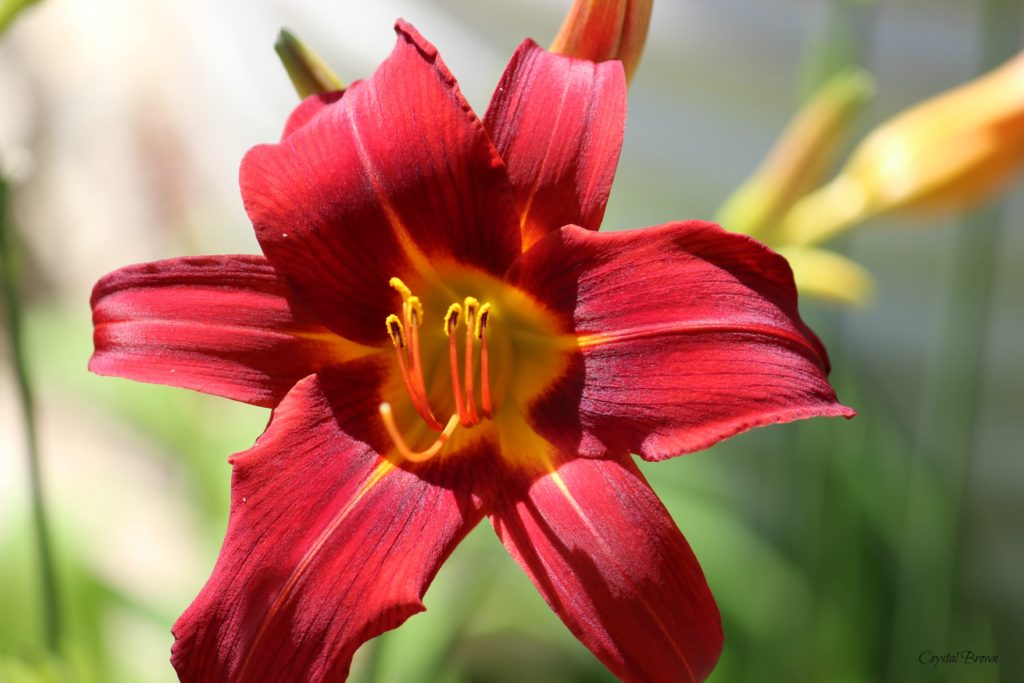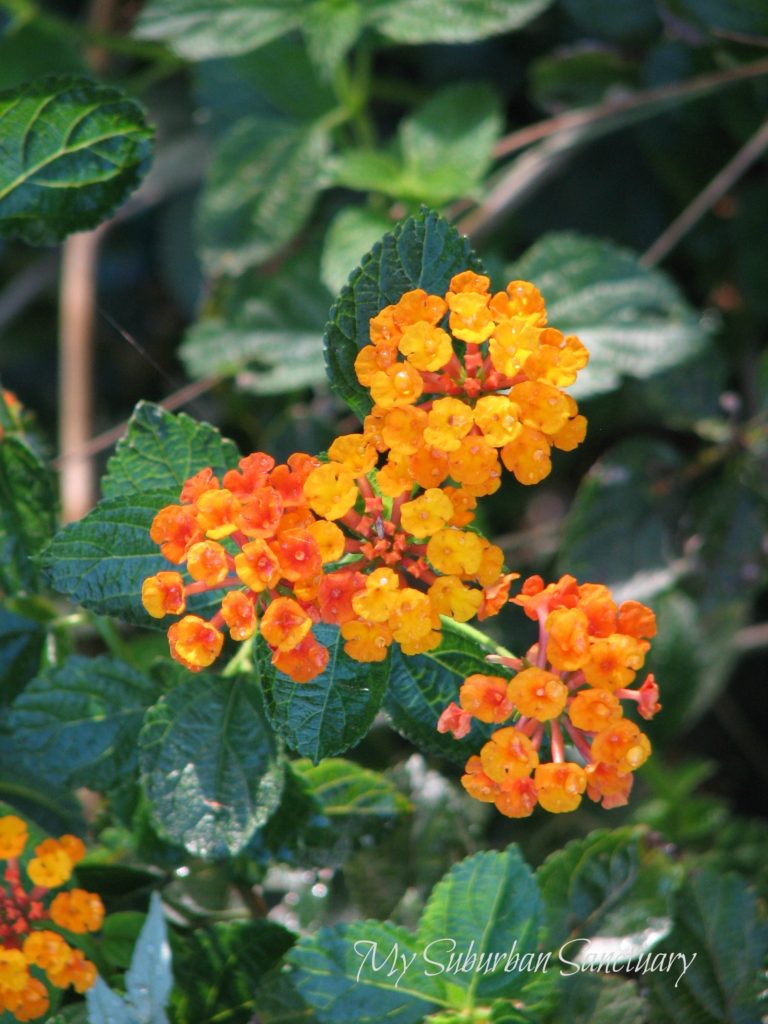

Hey Y’all. It’s finally Spring in most of the country. It’s been Summer here for a bit. We did have two days of Spring, but it left for parts unknown and we’re already having temps in the high 80’s with one county already hitting the 90 degree mark. Ouch. Gonna be a long summer here in Florida. Good thing my flip flops are ready!
SPRING is always welcome after the long dark days of winter everything welcomes sunshine and life-giving rain. We’re out and about, working in our yards, cleaning up the debris and damage from Old Man Winter and letting the dogs out to enjoy the sunshine and fresh air. But wait…. should you be leaving your furbaby outside? Not without supervision! I recently read an article that listed all the spring flowers that can cause your dog or cat to become ill and may even cause death! WHAT? But aren’t flowers edible? Nope, not all. There are some but those are for another post… written by someone who likes to cook. Right now I want to get this info out there to perhaps save a pet’s life. If you have any of the following in your yard, make sure your dog or cat does NOT ingest any part of the plant, especially the bulbs or tubers.

TULIPS and HYACINTHS: Can cause irritation to the mouth and esophagus. Ingesting (eating) the bulb can cause an increased heart rate, changes in respiration, drooling, vomiting and diarrhea. There is no antidote, but supportive care can help. Contact your veterinarian immediately.

DAFFODILS: Contain Lyconine. Eating this bulb can cause severe vomiting, abdominal pain, diarrhea and possible cardiac arrhythmia. Crystals are in the outer layer of the bulb, and when eaten will cause similar symptoms as Hyacinth; tissue irritation and secondary drooling. Daffodil eating can cause more serious problems so get help immediately.
LILY OF THE VALLEY: Contains cardiac Glycosides, and can cause vomiting, diarrhea, a drop in heart rate and severe arrhythmia as well as seizures in both dogs and cats.

CROCUS: Spring Crocus, those darlings that pop up as the first harbinger of Spring aren’t friendly to your pets. Gastrointestinal upset, including vomiting and diarrhea. But it’s the Fall Crocus that is highly toxic and along with the usual symptoms, can cause bleeding in the gastrointestinal tract and organ failure. USE CAUTION WHEN PETS ARE NEAR.

LILIES: Peace, Peruvian and Calla cause minor symptoms but true Lillies, including Tiger, Asiatic, Easter, Japanese and Day Lilly are deadly to cats. Ingesting small amounts, even water from a vase containing lilies, or pollen can cause kidney failure. So keep cats away.


LANTANA: Not a spring flower but needs mentioning. Grown as an annual in northern states, as a perennial in the south. This common summer loving flower is toxic to dogs especially. Vomiting, drooling, diarrhea, kidney failure. Seek help!

SAGO PALM: Definitely not a spring bulb but bears special mention due to its toxicity. Used as a house plant in northern states, grown in the ground as a popular landscape tree in the south, it is extremely harmful, often fatal. ALL PARTS of Sago are dangerous. Ingesting even a small amount of any part can cause severe vomiting, bloody stool, damage to the stomach lining, liver failure, and death. Sago is considered “one of the most deadly to dogs and long-term survival is poor, even with treatment,” seek help immediately.


And finally…. There are houseplants that are toxic and/or deadly as well. So do your research, Google which houseplants can harm your pets and take care to make sure they aren’t munching on them as snacks while you’re at work or aren’t looking . If you have a dog or cat that loves to eat plants, go the faux route. It will be much safer. Don’t leave your pets outside unattended at any time. They’re curious, like to sniff, scratch and taste. It’s your responsibility to provide a safe home for them.
Information compiled in this post was from The American Kennel Club
Photos unless specified are from Google Images
Hey!! Have not heard anything from you in a while.. All ok?? Miss reading you
Never gave this a thought until now that is. Thanks for the helpful info!
4 Comments